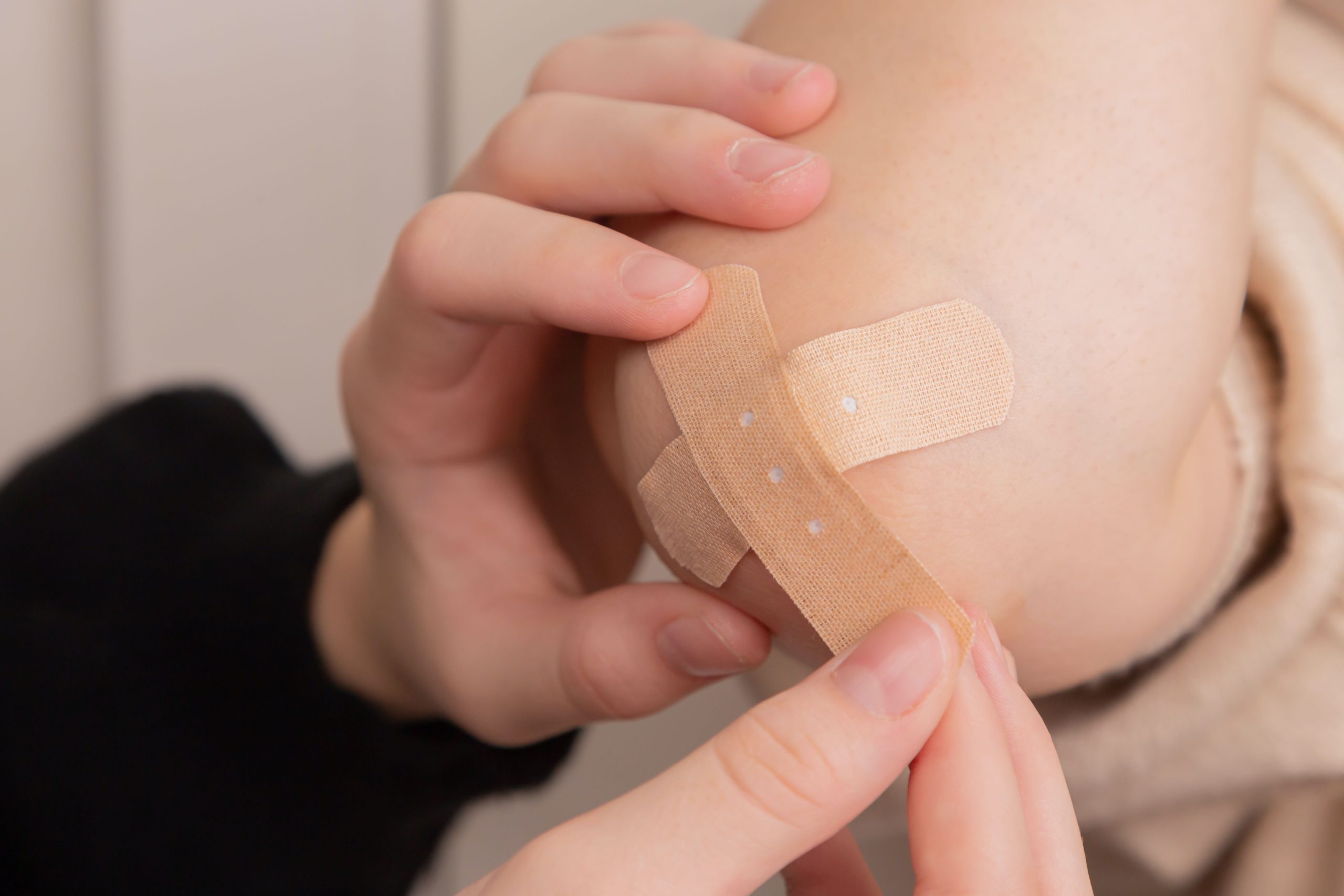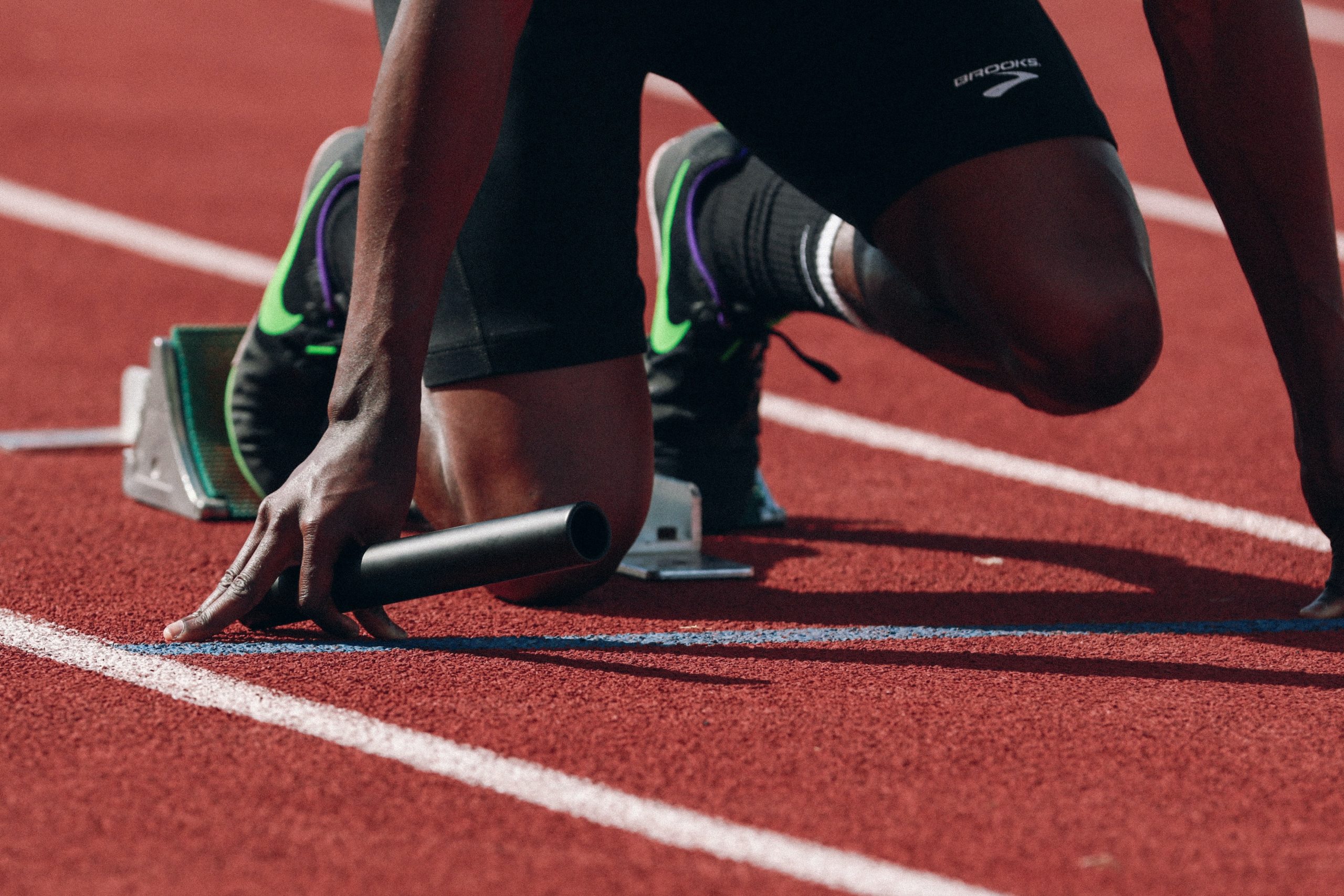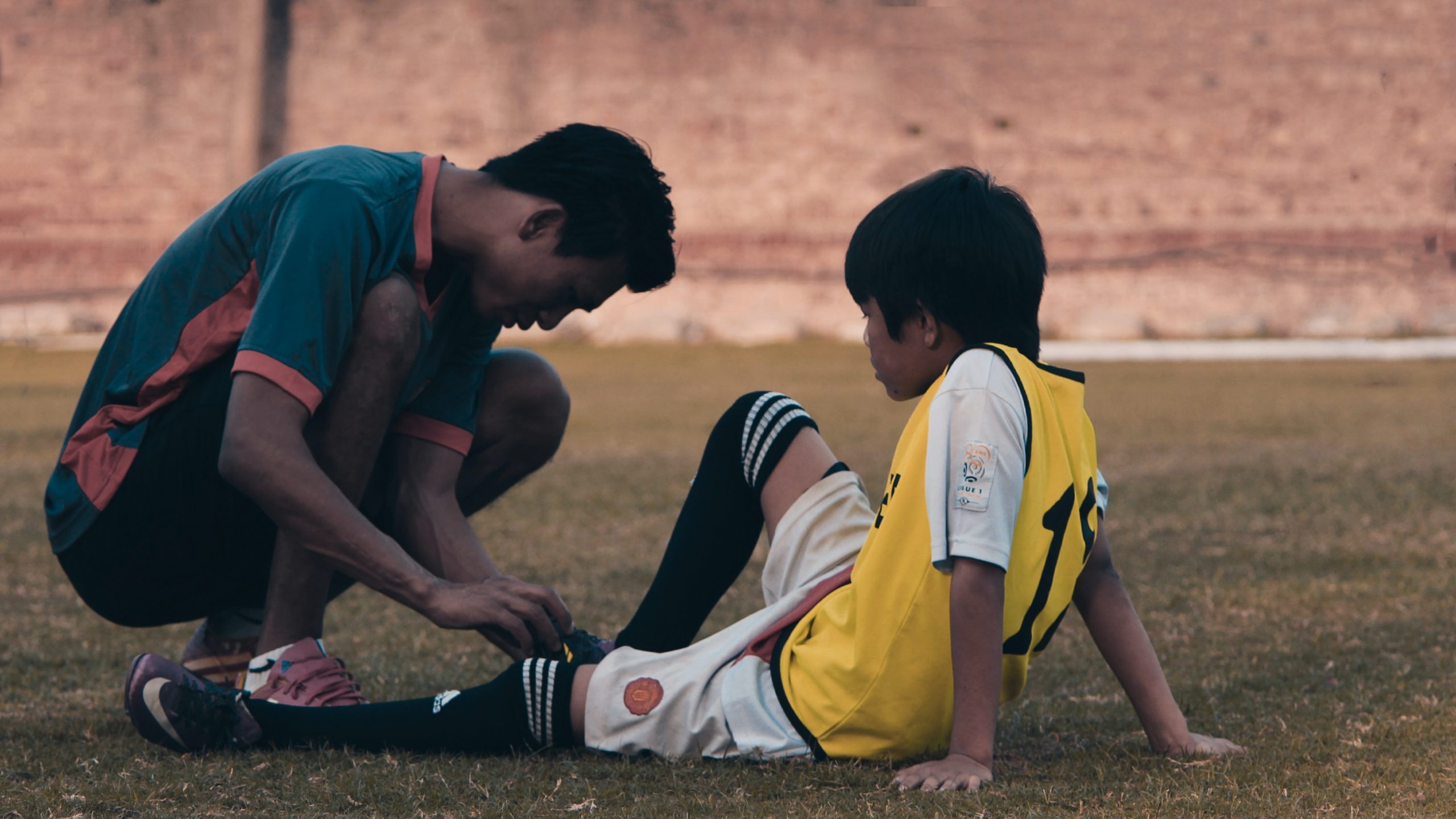Participating in sports is a great way to stay healthy and active, but it also comes with the potential risk of injury. Some injuries can be serious; others may take weeks or even months to heal from. Fortunately, many common sports injuries can be avoided with proper training, technique, and equipment. In this article, we’ll look at some of the most common sports injuries and offer tips on how to prevent them.
Sprains and Strains
Sprains and strains are common injuries that result when a ligament or muscle is stretched or torn. While these injuries can happen in any sport, they’re particularly prevalent among runners and jumpers such as in basketball, soccer, and track and field events.
Prevention Tips:
Always warm up before any physical activity to increase circulation to muscles and reduce the chance of injury.
Wear appropriate footwear with good support to avoid ankle and foot injuries.
Practice proper technique when landing from jumps or changing direction to reduce the risk of sprains and strains.
Concussions
A concussion is a type of traumatic brain injury caused by an impact on either head or body. They’re common in contact sports like football, hockey, or soccer.
Prevention Tips:
Wear proper protective gear like a helmet, mouthguard, and padded clothing to reduce the risk of head injuries.
Additionally, practice good sportsmanship by avoiding aggressive or dangerous plays that could result in collisions.
If you believe you may have suffered a concussion, stop playing immediately and seek medical assistance.
Tennis Elbow
Tennis elbow is a type of repetitive strain injury that develops when the tendons in the elbow become overused. This injury is common among sports that involve gripping and swinging motions such as tennis, golf, and baseball.
Prevention Tips:
Select equipment appropriate to your skill level and strength.
Practice proper technique when gripping and swinging to reduce strain on tendons in the elbow.
Gradually increase training intensity and duration to prevent overuse injuries.
Runner’s Knee
A runner’s knee is an injury that often arises when the kneecap is misaligned or damaged. It’s particularly prevalent in sports involving running and jumping, such as basketball and track and field.
Prevention Tips:
Wear appropriate footwear with good support to reduce knee impact.
Stretch before and after physical activity to increase flexibility and reduce injury risks.
Employ proper technique when jumping and landing to lessen the impact on knees.
Shoulder Injuries
Shoulder injuries can occur in sports that involve throwing or overhead movements, such as baseball, volleyball, and swimming.
Prevention Tips:
Utilize proper technique when throwing or performing overhead movements to reduce strain on the shoulder.
Additionally, build strength and flexibility in your shoulders and upper back to reduce the risk of injuries.
Utilize protective equipment, such as a supportive brace or shoulder pad, to minimize the risk of injury.
Sports injuries can be avoided with proper training, technique, and equipment. By taking these precautions, you will reduce your risk for injury and stay healthy while participating in your favorite activities. Remember to warm up before any physical activity, wear appropriate protective gear, practice good technique, and seek medical help if you experience any pain or discomfort while participating.











